Among the first parole agents were a fingerprint expert, a man involved in charitable causes, and a former deputy sheriff.
The men and women tasked with supervising parolees have never had it easy. In the early days, before paved roads and automobiles were common, parolees sometimes reported to their parole officer by mail. With only two prisons operating – San Quentin and Folsom – early parolees reported to the new parole office in the Ferry Building in San Francisco.
The first parole officers paved way for today’s agents
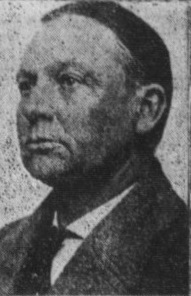
In 1893, with the passage of the parole law, Frank De Pue acted as the first parole officer. He started his career in corrections working as an overseer at San Quentin State Prison followed by turnkey at Folsom State Prison.
“De Pue looks after paroled convicts and keeps track of their whereabouts, all checks, letters of credit, passports, etc.,” reported the Sacramento Union, June 15, 1907.
De Pue was promoted, appointed the director of the new State Bureau of Criminal Identification, established in 1905. This is where he made a name for himself as an expert in the new field of fingerprint identification. One newspaper even dubbed him the “father of criminal justice” in the west.
“The bureau has Frank De Pue as superintendent, who also acts as special agent of the board of prison directors,” reported the Marin Journal, March 30, 1905.
Six years later, through no fault of his own, the office was closed and he was relieved of his duties, despite helping rescue a kidnapped girl.
“In the Whitson (kidnapping) case, De Pue exercised the authority of his office,” according to The Call, August 7, 1911. “Almost before he had returned the girl to her home, he was stripped of authority.”
According to the newspaper, the latest budget didn’t fund the bureau.
“(The legislature) provided no funds for the support of his work. When the funds previously provided were exhausted, Warden Hoyle of San Quentin (took over) De Pue’s work related to identification of criminals,” the Call reported. “We need De Pue and men of his caliber.
Testing the new laws
Karl Hanson was appointed parole officer in 1908.
“The board of prison directors, which met at San Quentin, appointed Hanson parole officer at a salary of $1,500 a year,” reported The Call, March 15, 1908. “Hanson, who is an Oakland man, has been identified with various business and charitable organizations of that city. His duties will require personal supervision of all paroled prisoners in the state.”
On April 23, 1908, The Call reported Hanson attempted to arrest someone for urging a parolee to leave the state.
“Probably the first warrant of its kind was issued by Police Judge Cabaniss yesterday, the complaining witness being Hanson, state parole officer, acting for the state board of prison directors. It was for the arrest of Joseph Gregg, an ex-convict, for inducing a paroled prisoner to leave the state. The act makes it a felony for any person to encourage a paroled prisoner to violate the conditions of his parole, one of them being that the prisoner must remain within the state,” the paper reported.
Former sheriff’s deputy becomes parole officer
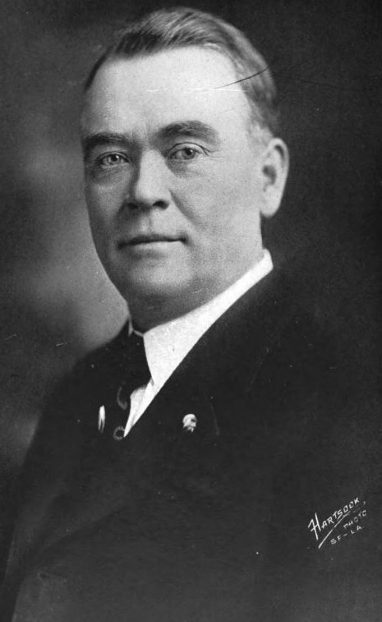
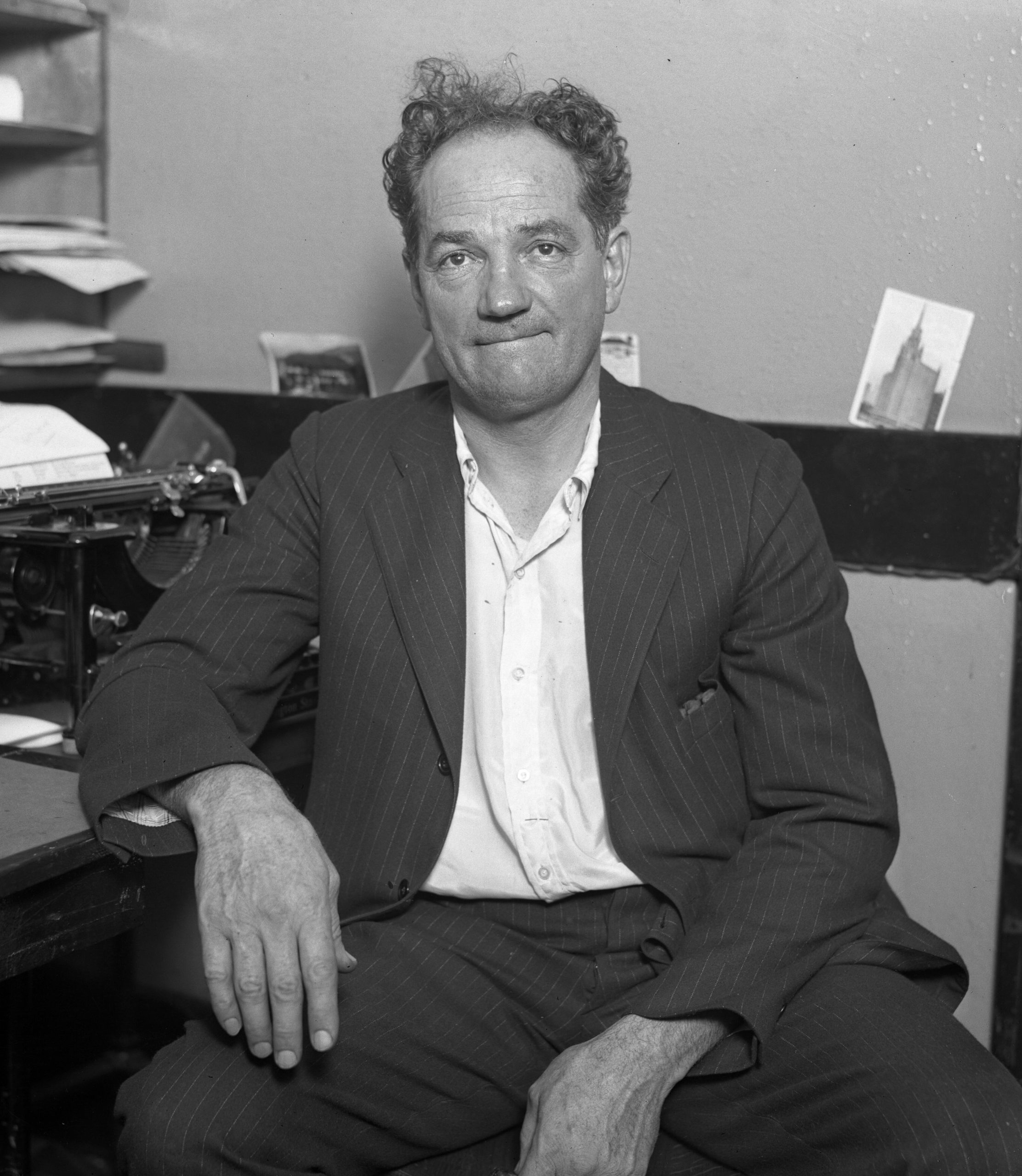
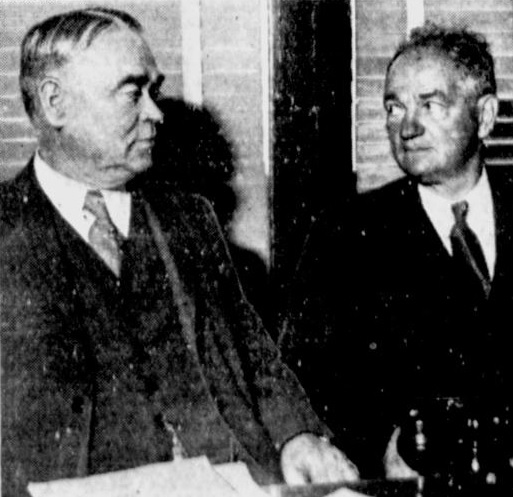
One of the more well-known of the early parole officers is Ed Whyte, appointed in 1911. He had been sergeant at arms for the Assembly and served as a Sacramento County sheriff’s deputy.
“On July 19, Whyte was appointed state parole officer, to succeed Frank Mulford. The position (pays) $1,800 a year. The officer’s tenure is at the pleasure of the board,” reported The Call, July 20, 1911.
Whyte was state parole officer for more than two decades.
“Our old friend has been appointed parole officer for the fifth time, thereby starting him out on his twenty-second year in this position,” noted the Sausalito News, July 1, 1932.
Whyte made headlines in 1932 when famous boxer Norman “Kid McCoy” Selby was paroled.
“Selby, one-time welterweight boxing champion of the world, former soldier and motion picture actor, will be paroled, said Whyte. Freedom was made possible by (job) offers, (meeting) parole requirements,” reported the Ellensburg Daily Record, July 19, 1932.
When Whyte died at age 65 in 1934, he was still the state parole officer.
“Parole is not a form of leniency, but a method of increased public protection,” Whyte’s last report stated.
Narrow escape for parole officer
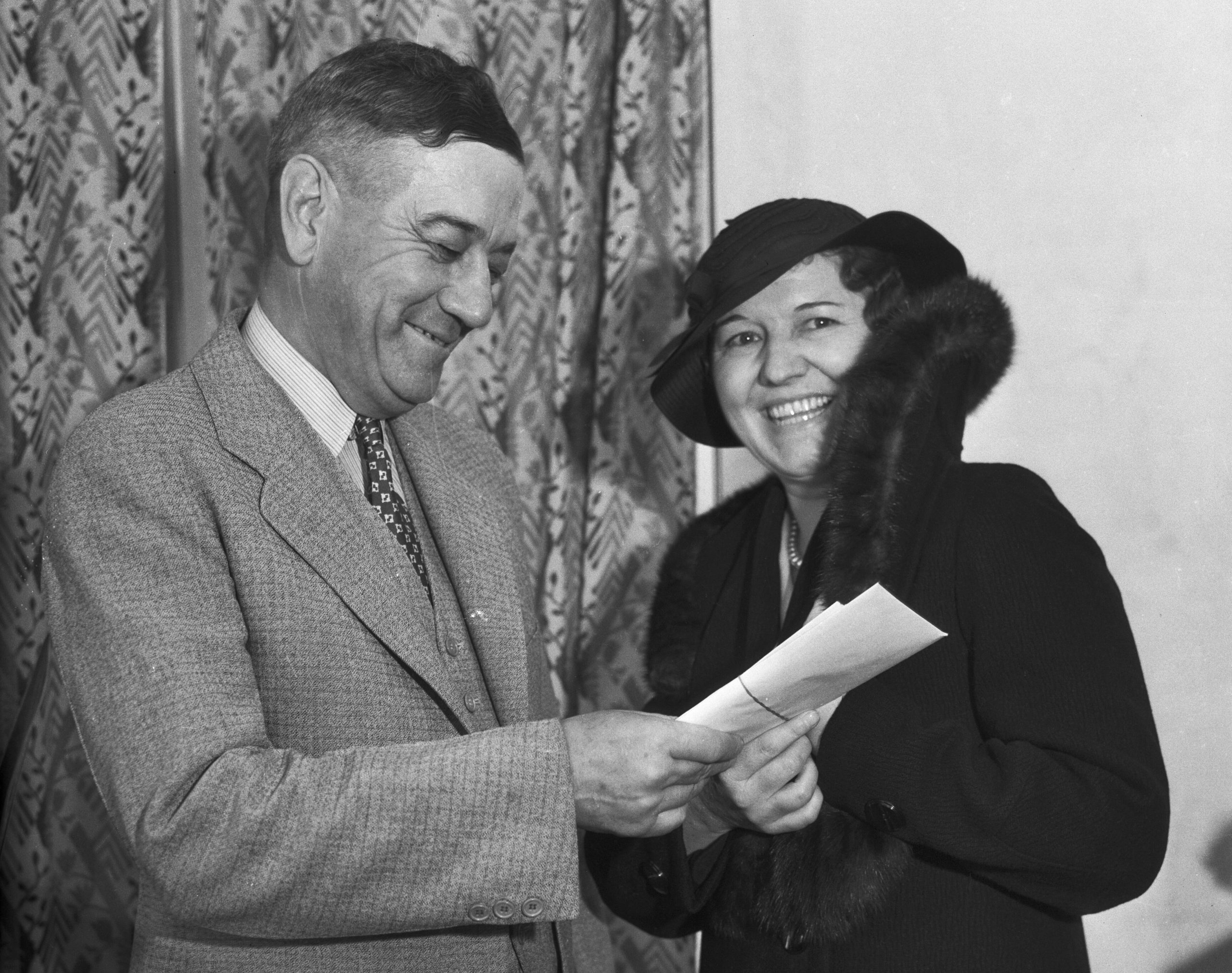
Charles Coxe, of San Francisco, was named Whyte’s successor in December 1934.
A month later, Coxe narrowly avoided being taken hostage during a prison break at San Quentin.
“Coxe, newly appointed state parole officer, escaped during the raid on the warden’s office. He was attending his first parole board meeting when the five (armed) convicts marched into the warden’s home,” reported the St. Petersburg Times, January 17, 1935. “(The convicts) apparently forgot about Coxe (as they) were herding their hostages toward the prison automobile.”
Creating new oversight board of charities and corrections
A few years after the parole law passed, the governor sought to provide oversight to state hospitals, asylums, orphanages and prisons.
James Budd, the state’s 19th governor from 1895 to 1899, called on the Legislature to create a more streamlined system of state government. He asked them to create the creation of a single board to oversee charities and corrections.
“The Legislature (needs to) pass the bill providing for a State board of charities and corrections, (replacing) the various boards controlling the different insane asylums and reformatories,” reported The Call, March 8, 1895.
His message was clear.
“I would recommend a bill be passed abolishing the existing boards and calling for one non-partisan board of seven to nine members to control the entire system,” he wrote to the Legislature.
The paper went on to report the defeat of the bill.
But the movement picked up steam and others began to champion the need for oversight.
1901 gathering pushes for new board
A first-of-its kind four-day meeting was held in Oakland, reported The Call, January 5, 1901. There, attendees requested the state create a new board to oversee the prison system.
“(They discussed the) necessity each felt of securing legislation to establish a State Board of Charities with reformatory powers. An act has been drawn up and will be presented to the conference for its endorsement,” the paper reported.
Gov. George Pardee, serving from 1903-07, also called for reform in his inaugural address.
“(We need to) bring our penal methods into line with the best thought of the day,” he said.
In 1903, the Call reported on the creation of the board.
“(The bill) provides for creating the State Board of Charities and Corrections. The board shall consist of six members appointed by the Governor. Women may be appointed. The commissioners are (not) compensated but will be allowed (some) expenses. A secretary is to be appointed by the board (at a) salary fixed at $2,400 per year. The commissioners will be required to examine and report upon charitable, correctional and penal institutions of the State. (This includes) State hospitals for the insane and (similar) private institutions that receive public funds.”
Report praises reform measures
In 1904, the new board released its first report.
“The facilities in some (older institutions) for reformatory-training of prisoners are similar to those of (regular schools),” the report stated.
According to the report, services included:
- a gymnasium
- trades-classes for the technical training of every prisoner
- a school of letters, graded from the elementary to the academic studies
- a lecture course.
The board also helped further shape the way parole functioned, as they reported in 1911.
“Under this (parole) system, nearly all prisoners will be released upon parole. (With a) prisoner whose term is to expire (soon), efforts will be made to obtain him employment prior to (release). The object of this system is twofold. First, it encourages the prisoner to (positive) behavior (so) parole can be obtained. Second, it gives the prisoner an opportunity of getting a start, before the protection of the State is entirely removed.”
Early Department of Social Services
The board evolved over the years, becoming today’s California Department of Social Services (CDSS).
“CDSS began humbly as a six-member Board of Charities and Corrections in 1903. The Board evaluated and reported on 12 charitable and correctional institutions, 60 county hospitals and charity houses, 57 county jails, and 300 city and town jails. In the following years, the Board sought to improve the welfare of children and adults.
“Board recommendations for improvement in 1908 included removal of children from orphan asylums to good homes; state enforcement of child support payments by parents; enforcement of the compulsory school attendance in order to reduce juvenile crime; and enforcement of child labor laws,” the CDSS website states.
By Don Chaddock, Inside CDCR editor
Office of Public and Employee Communications
Learn more about CDCR’s parole agents.
Learn more about California prison history.
Follow CDCR on YouTube, Facebook, X (formerly Twitter). Listen to the CDCR Unlocked podcast.